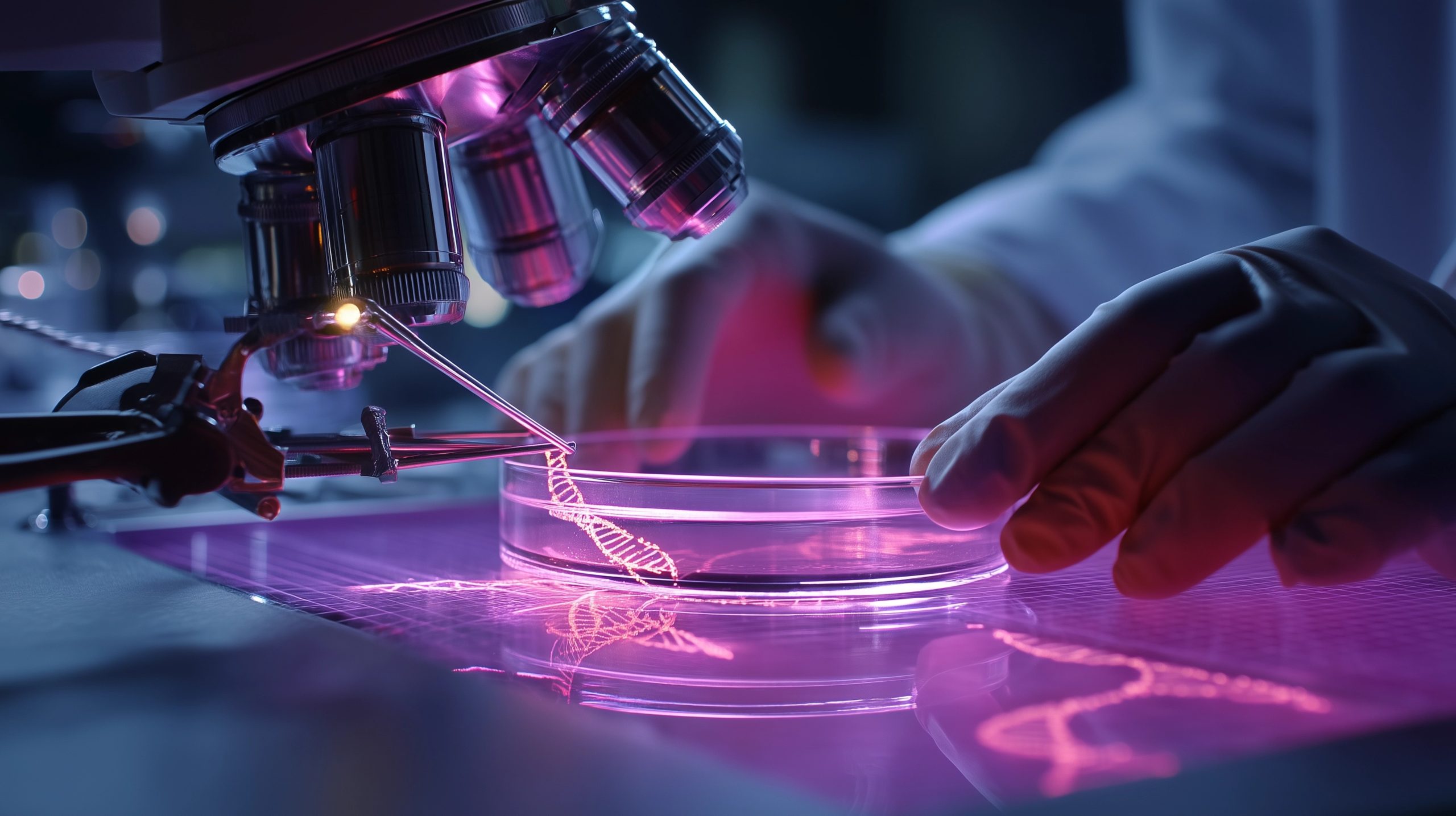By Futurist Thomas Frey
The moment we’ve long awaited is here: 3D printers that build tissues inside the body rather than on a bench. The latest innovation—implantable bio-printers that operate in situ within living bodies—marks a rupture in medicine. We are no longer limited to replacing damaged tissues with donor grafts or synthetic implants; we are now capable of growing new structures inside the patient, perfectly integrated with existing biology. With this leap, the boundary between surgery and regeneration collapses.
These internal bio-printing systems use biocompatible inks, stem cell scaffolds, and robotic micro-nozzles guided by imaging and AI to deposit layers of tissue in precise anatomical contours. A surgeon no longer stitches a patch onto a defect; the printer weaves new material layer by layer, cell by cell, within the wound site itself.
Researchers have already demonstrated functional patches of cartilage in joint cavities, vascular structures inside arteries, and even rudimentary muscle fibers in damaged musculature. The implications are vast: limbs regenerated in place, hearts repaired cell by cell, organs healed rather than replaced, and internal prosthetics that become living parts.
Why is this such a paradigm shift? Because healing stops being a repair and becomes a continuation of growth. In the future, wounds will not scar—they’ll be refilled by new tissue that matches the rest of your body perfectly in structure, function, and even cellular identity. Scar tissue, rejection, and implant failure fall into obsolescence. What today requires months of rehabilitation, prosthesis fitting, or organ waiting lists tomorrow will become a matter of scanning, printing, and recovery.
This in-body 3D printing capability rewrites not just medicine but the philosophy of embodiment. The body becomes a dynamic scaffold, not a fixed shell. Broken limbs, torn tendons, damaged hearts, neural lesions—all become surfaces on which the body can replay creation, guided by robotic precision. Instead of fighting illness, we enable growth. The body becomes its own factory.
Yet this shift brings deep challenges. The immune system must be convinced not to reject nascent tissue. Mechanical stresses must be managed—new cartilage must bear load immediately. Vascularization, innervation, and cellular integration must occur seamlessly. The software controlling the printer must understand the patient’s anatomy in micrometer detail. A small deviation can cause catastrophic failure. Regulatory frameworks must adjust for bioprinted living parts. Surgeons will need retraining not as mechanics but as conductors of internal fabrication.
The economic and social impacts are staggering. The organ transplant market, a $100+ billion industry, could shrink by orders of magnitude. Prosthetics manufacturers may become obsolete. Rehabilitation and long-term care facilities may find demand collapsing. Healthcare systems will need to shift capital from long-term chronic care to acute regenerative services. Insurance models will change from lifetime cost to one-time fabrication. The richest bioscaffolding firms and internal bioprinter providers will become strategic infrastructures.
Beyond healing, these technologies open the door to augmentation. Why stop at replacing what’s damaged? Why not enhance what’s healthy—stronger cartilage, denser bone, faster tissue repair, or sensory implants grown in place? The border between medical intervention and enhancement becomes porous, even meaningless. In-body printing could usher in a class of post-recovery human upgrades.
Like every radical change, danger lies in access and inequality. Who gets in-body printers first? If the wealthy use regeneration to extend youth and strength, the medical divide will widen dramatically. Black markets for DIY internal printing will emerge. Ethical limits will be tested: Should we print neural tissue to recover a spinal cord, or print “better-than-human” brains? The power to reweave living systems demands more than technical skill—it demands wisdom.
When I consider the world of 2040, I see a tapestry of people living in bodies that heal, adapt, and extend. A world where trauma isn’t permanent, where organs are not borrowed or leased but grown. Where the internal printer is as basic to hospitals as the scalpel once was. This is more than medical progress. This is humanity reclaiming its broken parts and making them whole again—on demand, in place, and forever.
Final Thoughts
In-body 3D printing doesn’t just repair—it redefines what healing means. When our bodies become their own fabrication labs, we shift from managing decay to cultivating renewal. The pain of injury is no longer a broken record—it’s a new beginning. As we cross the threshold from repair to regeneration, we must think not just about what we can build, but what we should build. The future of medicine is not replacement—it’s growth.
Original Article: 3D Printer to Build Tissue Inside Body — Interesting Engineering
Related stories:
- Researchers Bio-Print Vascularized Human Organs in Lab
- In-Vivo Organ Printing: The Next Frontier in Regenerative Medicine


